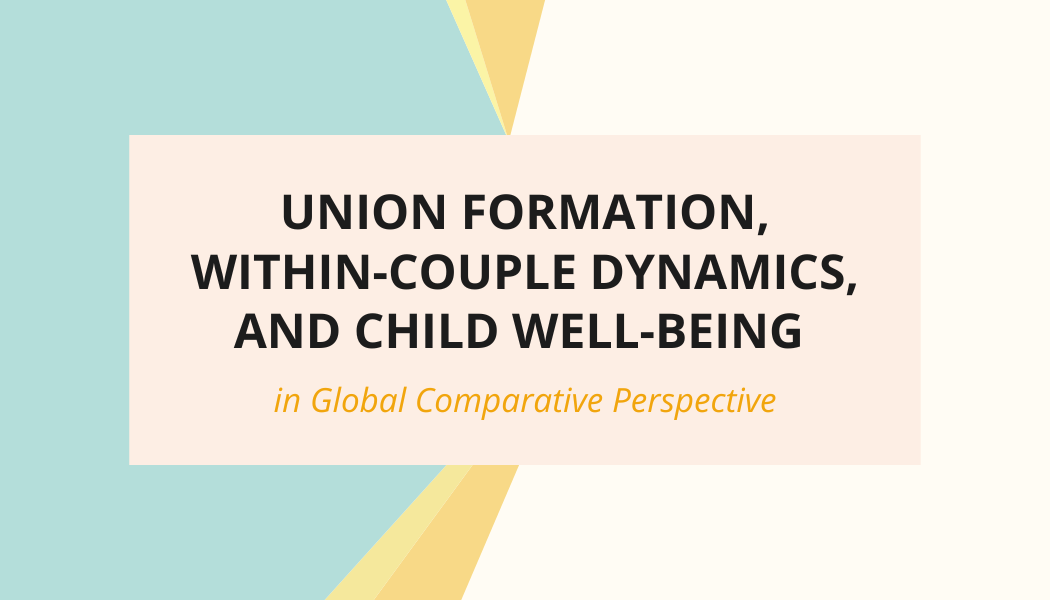
Commons Link
Union Formation, Within-Couple Dynamics, and Child Well-Being in Global Comparative Perspective
Working Paper Number
2022-84
Publication Year
2022
Paper Abstract
Studies on global changes in families have greatly increased over the past decade, adopting both a country-specific and, more recently, a cross-national comparative perspective. While most studies are focused on the drivers of global changes in families, little comparative research has explored the implications of family processes for the health and well-being of children. This study aims to fill this gap and launch a new research agenda exploring the intergenerational implications of union-formation and within-couple dynamics for children’s health and well-being across low- and middle-income countries (LMICs), both globally, regionally, and by the stage of fertility transition. We do so by adopting a multi-axis conceptualization of children’s outcomes – health at birth, health in later life, and schooling – and leveraging Demographic and Health Survey and World Bank data across 75 LMICs. Our results show that in settings where partnerships are characterized by more equal status between spouses – i.e., where the age range between spouses and differences in years of schooling between partners are narrower – their offspring fare better on several outcomes. These associations are particularly strong in mid- and high-fertility settings. Despite a series of regularities, our results also highlight a set of findings whereby, at a macro-level, the prevalence of marriage and divorce/separation are not invariably associated with children’s outcomes, especially in LMICs where fertility is comparatively lower. We document little cross-regional heterogeneity, primarily highlighting the centrality of demographic factors such as age vis-à-vis, for instance, region-specific characteristics that are more tied to the social fabric of specific societies.